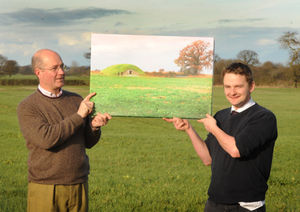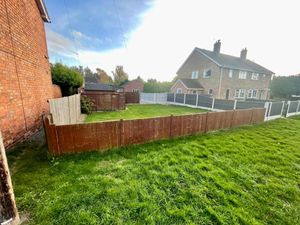Shropshire burial mound plans to be submitted imminently
Detailed plans to build a burial mound in Shropshire for the first time in thousands of years are expected to be submitted imminently.
The proposals, which have already been viewed at a consultation, would see a pre-historic tomb built at Soulton Hall and farm, near Wem.
The tomb, called a long barrow, would be a stone chamber covered in earth and a memorial space to house people's ashes.
Tim Ashton, from the hall, said plans were ready to go and should be live on Shropshire Council's website in the coming days.

He said: "They should be submitted imminently, it ought to have been done this week already but we are just awaiting one report.
"Then they will be on the Shropshire Council planning portal and people will be able to look at them."
Soulton Hall is working with a company called Sacred Stones on the project, and so far about 50 people have already seen the plans.
Mr Ashton says the project could be started as early as Autumn this year, with hopes that the two-stage build would allow people to get involved.
He said: "The hope would be to try and involve the public in the process. The first part of the build would begin in the Autumn and then it would resume in the Spring.
"We would like to be able to allow people to put some stones in. I'm not suggesting they volunteer for a shift or anything, but if it is their monument, they could put a stone in under supervision or lay some soil."
Two new barrows, similar to those currently suggested, were recently created at All Cannings, Wiltshire, and at Willow Row, Cambridgeshire.
The same team involved in building the chambers in Wiltshire will be involved in the Shropshire one.
Mr Ashton said this would be an "enduring memorial space for our community".
Barrows were traditionally built for the social elite while ordinary citizens were cremated or buried. They were first constructed in about 4,000 BC with the best-known site at Sutton Hoo in Suffolk.
A seventh century Anglo Saxon king was found buried in a wooden ship, surrounded by priceless artefacts.





